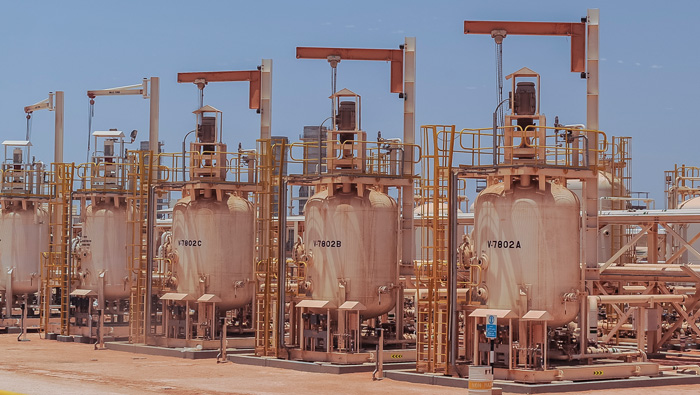
Muscat: Oman’s nominal gross domestic product (GDP) derived from the petroleum sector contracted by 34 per cent in the first quarter of 2016 and that from the non-petroleum sector registered a decrease of 2.4 per cent. Omani crude oil fetched an average price of $37.6 per barrel during January – August 2016 compared to $60.2 per barrel during similar period in 2015.
With inflation based on the average annual CPI remaining low at 0.9 per cent during the period January – August 2016, the Central Bank of Oman (CBO) continued with its accommodative monetary policy stance.
Given the present trend of low crude oil prices and the general slowdown of the economy, the fiscal situation and the current account balance in the balance of payments came under pressure in 2016.
Preliminary national accounts data for Oman pointed out to a 12.2 per cent decline in the first quarter of the year in comparison to the first quarter of the previous year.
The Sultanate has engaged in tapping the global financial markets for external borrowings and the investor appetite has been positive. The government has also been taking several policy initiatives to augment fiscal revenues, as well as streamlining and containing expenditure.
The Ninth Five-Year Development Plan (2016-2020) has identified five main sectors, that is, manufacturing, logistics, fisheries, tourism and mining for accelerated growth potential and its contribution to the country’s gross domestic product (GDP).
The CBO has been continuously reviewing the liquidity situation and no significant pressures have been noticed in the banking system. The banking sector remained resilient supporting economic diversification initiatives and credit needs.
The total assets of conventional commercial banks stood at OMR27.4 billion in August 2016. Of the total assets, credit disbursement accounted for 77.2 per cent and increased by 8.2 per cent as at end August 2016 to OMR19.5 billion.
Credit to the private sector increased by 10.2 per cent to reach OMR17.4 billion as at the end of August 2016.
Conventional banks’ overall investments in securities stood at OMR2.9 billion as at the end of August 2016. Investment in Government Development Bonds and government sukuk increased by 22.8 per cent over the year to OMR920.2 million at the end of August 2016.
Banks also invested OMR518 million in Government Treasury Bills as at the end of August 2016. Conventional banks’ investments in foreign securities stood at OMR796 million in August 2016.
Aggregate deposits held with conventional banks registered a rise of 2.5 per cent to OMR18.7 billion in August 2016 from RO18.3 billion a year ago. Government deposits with conventional banks declined by 8.6 per cent to OMR4.9 billion. Deposits of public enterprises surged by 44.7 per cent to OMR1.5 billion during the same period.
Private sector deposits, which constituted 64.2 per cent of total deposits with conventional banks, increased by 3.7 per cent to OMR12 billion in August 2016 from OMR11.6 billion a year ago. The core capital and reserves of conventional banks stood at OMR3.7 billion as at the end of August 2016, a rise of 12.2 per cent over the previous year.
Islamic banking entities provided financing to the extent of OMR2.2 billion as at the end of August 2016 when compared to OMR1.4 billion a year ago.
Total deposits held with Islamic banks and windows registered a significant increase to OMR2 billion in August 2016 from OMR1.2 billion outstanding as at the end of August 2015.
The total assets of Islamic banks and windows combined, amounted to OMR2.8 billion as at the end of August 2016 which constituted about 9.4 per cent of the banking system assets.